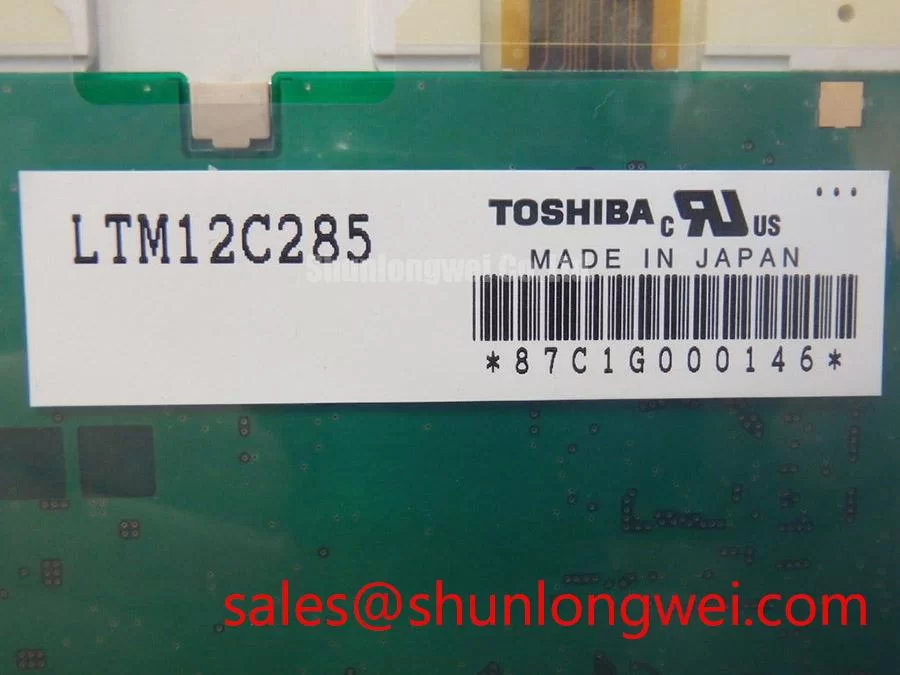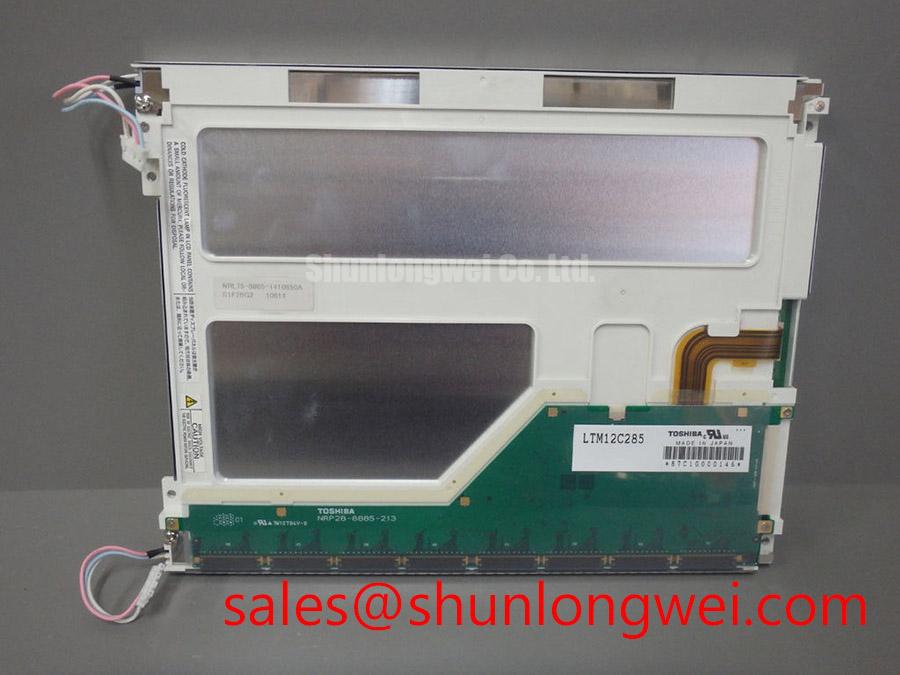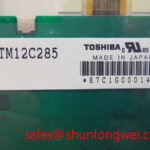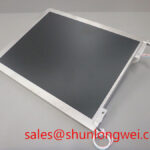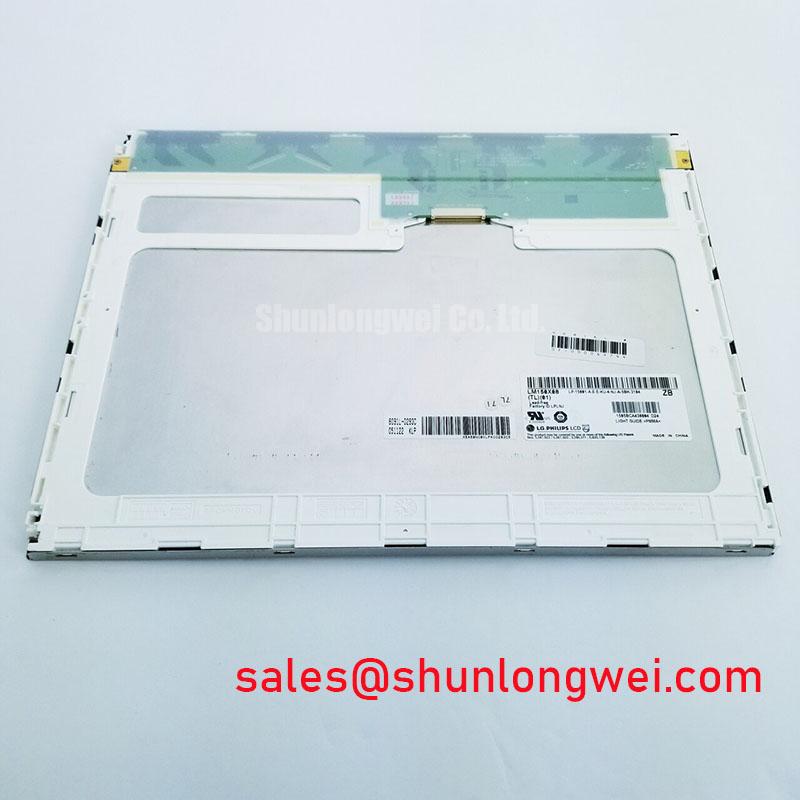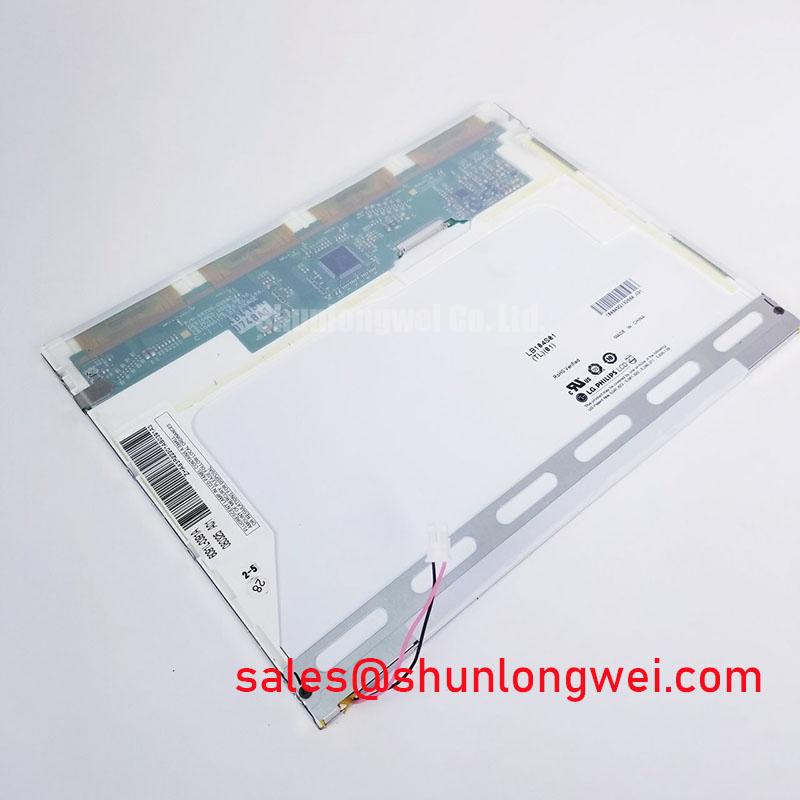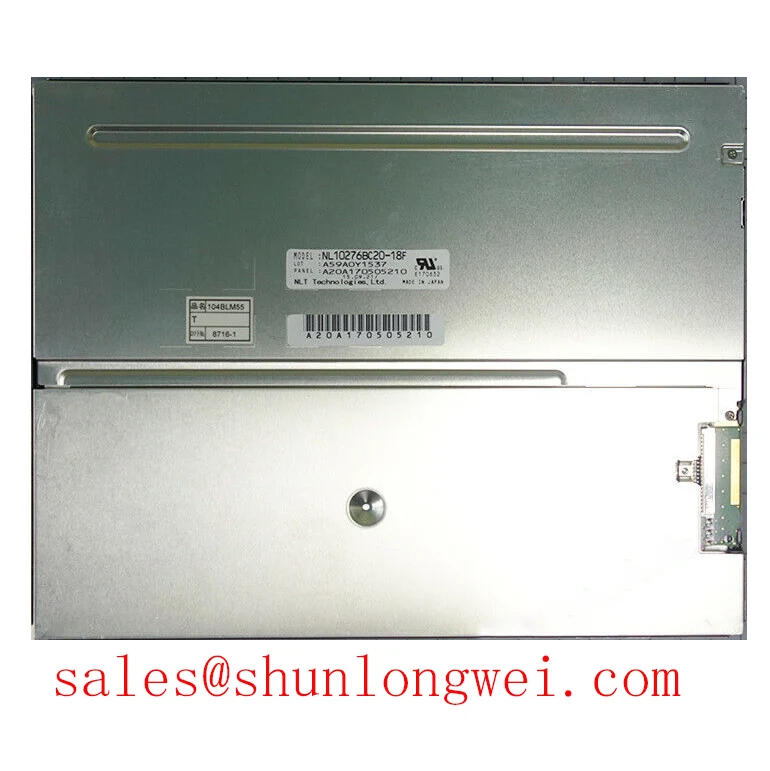LTM12C285 Datasheet & Specs: The 12.1" XGA CCFL Display for Legacy System Life Extension
When Failure Isn't an Option: The Economic Case for Form-Fit-Function Replacement
An operator station on a critical manufacturing line goes dark. A patient monitoring system in a hospital displays a fatal error. The original equipment manufacturer no longer supports the system, and a complete overhaul means prohibitive costs, downtime, and regulatory recertification. This is a scenario where a simple component failure cascades into a major capital expenditure problem. The Toshiba LTM12C285 is the definitive engineering solution to this challenge. It is a 12.1-inch XGA TFT-LCD panel designed specifically for the seamless, low-risk replacement of aging displays in legacy industrial and medical equipment. By matching the critical form-fit-function specifications of a vast installed base of hardware, the LTM12C285 serves not as an upgrade, but as a vital lifeline, preserving your original investment and ensuring operational continuity.
Core Specifications for Legacy System Integration
The design of the LTM12C285 is centered on direct compatibility. Its parameters are not meant to compete with modern displays but to perfectly replicate the environment for which your existing systems were designed. This focus on interchangeability is its primary engineering value. For a complete list of specifications, please Download the Datasheet.
| Parameter | Specification |
|---|---|
| Screen Size | 12.1 inches |
| Resolution | 1024(RGB)×768, XGA |
| Backlight System | 2 pcs CCFL (Cold Cathode Fluorescent Lamp) |
| Signal Interface | LVDS (1 ch, 6-bit) |
| Operating Temperature | 0 ~ 50 °C |
| Luminance | 200 cd/m² (Typ.) |
Anatomy of a Purpose-Built Replacement Panel
The engineering philosophy behind the LTM12C285 prioritizes risk mitigation and ease of integration over raw performance metrics. Its value is understood not by comparing it to new technology, but by recognizing its role in maintaining existing, validated systems. The CCFL backlight is a prime example. While modern panels use LED, the LTM12C285 retains the CCFL system because the host equipment's power supplies and inverter boards were designed specifically for it. Swapping to an LED panel would necessitate re-engineering the backlight power and control systems, introducing potential EMI and validation complexities. This display eliminates that entire process.
Similarly, the native 1024x768 XGA resolution is a critical compatibility feature. Legacy HMI and medical device software is often hard-coded to this specific resolution and aspect ratio. Introducing a panel with a different native resolution would cause image scaling artifacts, text distortion, and potential misalignment of touch interfaces, rendering the software unusable without significant rework. The LTM12C285 ensures that the graphical user interface your system relies on is displayed exactly as it was originally intended, requiring zero software modification. This is essential for maintaining the integrity and certification of regulated devices, particularly in the medical field.
Strategic Value in Asset Lifecycle Management
In an era focused on sustainability and maximizing return on investment, the LTM12C285 represents a key strategy for asset lifecycle management. Instead of decommissioning a multi-million dollar piece of machinery due to a display failure, maintenance and reliability engineers can extend its operational life for years. This approach significantly lowers the Total Cost of Ownership (TCO) and aligns with circular economy principles by prioritizing repair over replacement. For organizations managing a large fleet of aging equipment, having a reliable source for form-fit-function components like the LTM12C285 is fundamental to predictable maintenance budgets and operational stability. Understanding how to maintain these systems is a crucial part of an engineer's toolkit, as detailed in our guide to Industrial Display Maintenance.
In-Field Deployment: A Focus on Seamless Retrofitting
Consider a common scenario: a fleet of CNC milling machines from the early 2000s begins to experience widespread display dimming and failures. The control interface is perfectly functional, but operators can no longer clearly read critical machining data. The manufacturer's only option is a full controller upgrade, quoted at over $10,000 per machine plus installation downtime. By utilizing the LTM12C285, field service technicians can perform a targeted repair, swapping the failed LCD panel in less than an hour. The result is a fully restored, perfectly legible operator station at a minute fraction of the replacement cost, with virtually no interruption to production schedules. This is the tangible, real-world value the LTM12C285 delivers.
Frequently Asked Questions
- Is the LTM12C285 a direct replacement for my existing CCFL display, and what do I need to know about the inverter?The LTM12C285 is designed as a direct panel replacement for many 12.1" XGA CCFL modules. It requires an external CCFL inverter, which is typically part of the host system's original design. You should ensure that your existing inverter is functional or source a compatible replacement, as one is not integrated into the panel itself.
- My system's controller is old. Is the 6-bit LVDS interface of the LTM12C285 compatible?Yes, the 6-bit LVDS interface was a widespread standard for the generation of equipment this panel is designed to service. This ensures high compatibility with a vast range of legacy single-board computers and graphics controllers found in industrial and medical devices, minimizing electrical integration issues.
- What is the typical operational life of a CCFL backlight?CCFL backlights typically have a rated lifetime to half-brightness of around 20,000 to 50,000 hours, depending on usage and operating conditions. While this is less than modern LEDs, it provided years of reliable service in the original equipment and is sufficient for extending the life of that same equipment.
- Why is it important to match the original XGA resolution for legacy HMI applications?Matching the native resolution is crucial because the HMI software, including all icons, text fields, and graphical elements, was designed for a 1024x768 pixel grid. Using a different resolution forces the system to scale the image, which can result in blurry text, distorted graphics, and incorrect mapping of touch-screen coordinates, severely impacting usability and safety.
Core Applications Driven by Compatibility
The LTM12C285 is not a general-purpose display. It is a specialized component for extending the life of specific, high-value assets. Its primary applications include:
- Medical Monitoring Systems: A direct replacement for aging patient monitors, anesthetic machines, and diagnostic equipment where recertification is a major barrier to upgrading the entire system.
- Industrial Control Panels: Ideal for legacy Human-Machine Interfaces (HMIs), PLC controllers, and CNC machine tools that require a 12.1-inch XGA display to function correctly.
- Test and Measurement Equipment: Used in oscilloscopes, spectrum analyzers, and other laboratory instruments where the user interface is integrated and cannot be easily modified.
- Point-of-Sale (POS) Terminals: A cost-effective solution for repairing older, yet still functional, retail and hospitality terminals.
For systems that may require slightly different legacy specifications, a panel like the G121S1-L01, an 800x600 SVGA display, might be a suitable alternative, demonstrating the importance of matching specs precisely.
Selection Framework: LTM12C285 vs. Modern LED Retrofits
Engineers may consider retrofitting a modern LED display instead of using a like-for-like CCFL replacement. While an LED panel offers higher brightness and lower power consumption, this path contains significant hidden costs and risks. A modern LED retrofit often requires a new LVDS-to-eDP converter board, a custom-fabricated mounting bracket, and a completely new LED driver circuit with a dedicated power rail. Each of these modifications introduces new points of failure, potential EMI/RFI compliance issues, and extensive validation labor. The Toshiba LTM12C285 bypasses all these complexities. It represents the path of least engineering resistance, providing the lowest risk and fastest deployment time for applications where the primary goal is to restore original functionality, not to re-engineer the system.
A Strategic Commitment to Infrastructure Longevity
Selecting the LTM12C285 is more than a component choice; it's a strategic decision that prioritizes operational continuity and the full realization of capital investments. In a world of rapid technological advancement, this display provides a critical bridge to the past, ensuring that reliable, validated, and valuable equipment can continue to perform its function effectively. By designing for precise compatibility, the LTM12C285 delivers a powerful proposition: extending the life of your infrastructure with confidence and economic intelligence.

